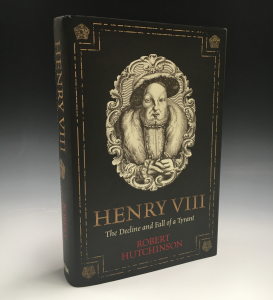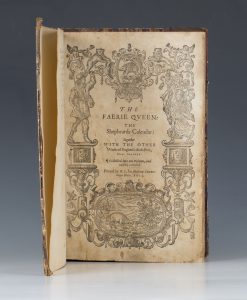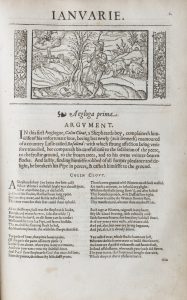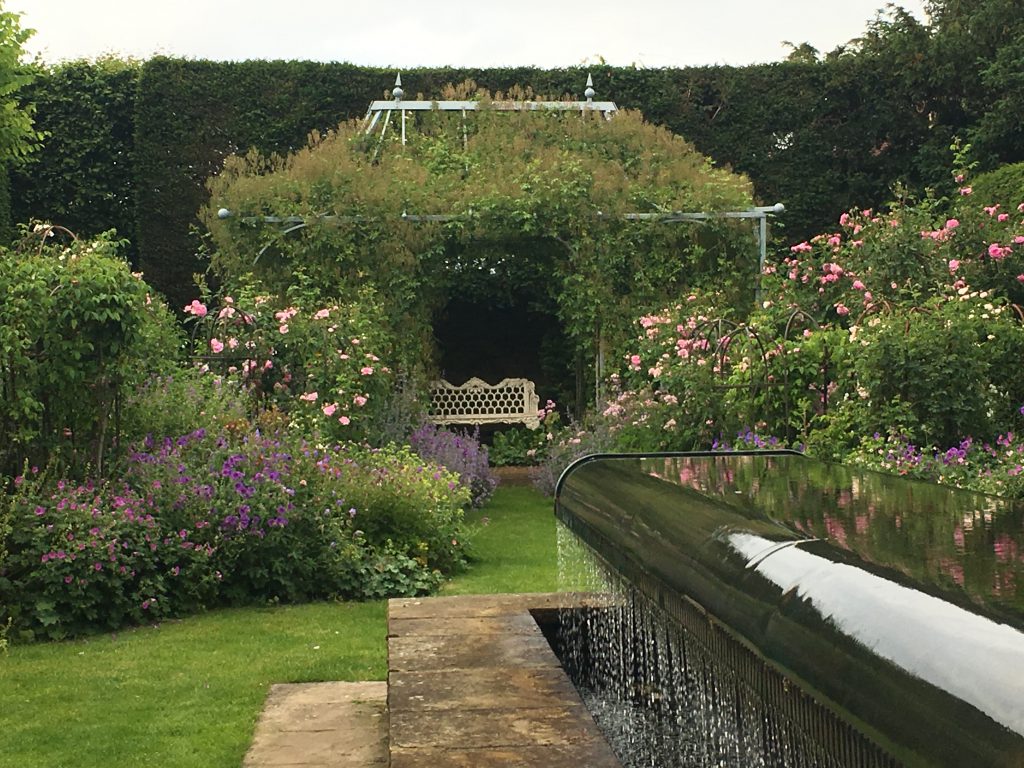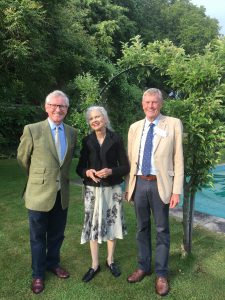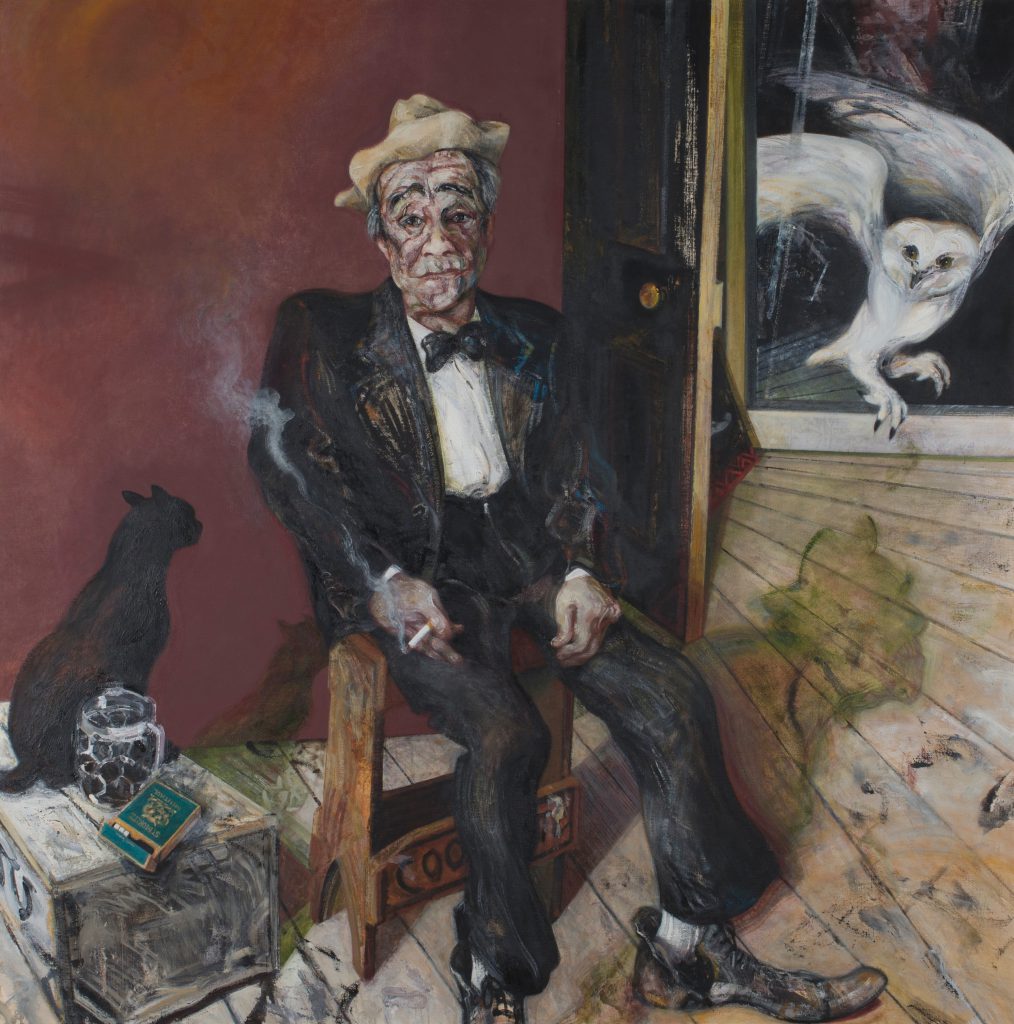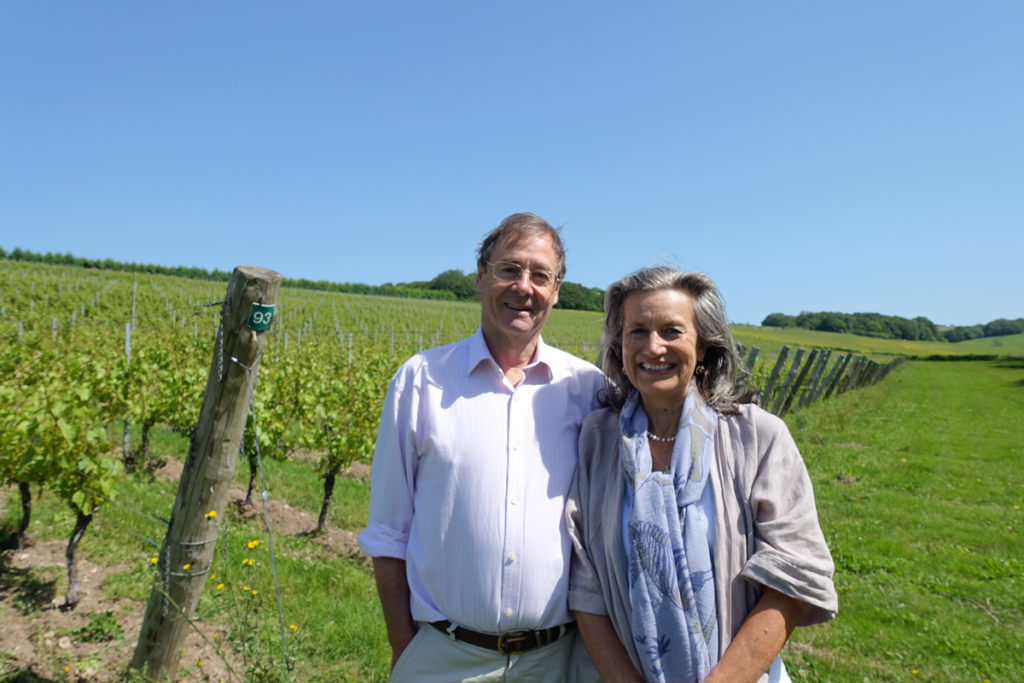
Wimbledon fortnight is fast approaching as I set out for the Wiston vineyards on the slopes of the Sussex Downs. I drive up the shady, narrow lane with dappled sunlight breaking through the canopy of trees, past a farmyard and the view suddenly opens onto the beautiful vineyard bathed in brilliant sunshine.
Wiston’s English sparkling wines are my favourite and I’m excited as Harry and Pip Goring welcome me. Harry is keen to show me the vines. He says “We have three traditional champagne grapes here – Chardonnay, Pinot Noir and Pinot Meunier” He acknowledges the breeze and explains how important it is to the health of the vines. I ask him how important the weather is to a successful harvest. Harry replies “Bad weather around Wimbledon can be a disaster. If the covers are on all the time at Wimbledon it’s terrible for the vines as they can’t flower and fruit.”
Harry Goring’s family have farmed the estate since 1743. He remarks “It has always been a traditional family estate until now.” He is quick to point out that the Wiston vineyard is his wife, Pip’s inspiration. Pip and Harry were married in 1972. Pip explains enthusiastically “I always wanted to plant a vineyard. I grew up in Cape Town in site of the mountains and rows of vines. I knew that we could do this here in Sussex. We planted our vines in 2006. The Wiston Estate Winery is about family, celebration, and sharing.” The Goring’s are proud of the community of talented people who have joined this generous enterprise which continues to grow and evolve.
Also at the heart of Wiston’s acclaimed and award winning English sparkling wines is Dermot Sugrue who has been described as the ‘best wine maker in England’. Dermot strives for a purity of expression throughout the wine process. Wiston has produced the first English sparkling wine to win overall in the international 2019 Decanter awards – it’s the Oscars for wine.
Wiston’s wines are exuberant, crisp on the palette with fragrant notes of orchard fruits overlaid with delicious brioche and toasted hazelnut, complimented by its persistent stream of tiny bubbles.
There is a processional quality to the unfolding of this remarkable project which is continuing under the leadership of Harry and Pip’s son Richard and his wife Kirsty.
This a blessed spot. The vineyard is at one with its landscape surrounded by traditional wheat and barley crops, the sheep grazing beneath Chanctonbury Ring. This generous family gives expression to their wish to share their blessings and the importance of long-term stewardship through their work.
I ask Pip to summarise Wiston Estate Wines and she says “It’s a celebration of everything, it sings its own song – an elixir vitae – a drink of life!”

Strawberries and Wiston’s irresistibly delicious bubbly – what could be better to accompany the BBC’s exemplary coverage of Wimbledon’s finals this weekend! You can pick some up from Hennings Wine in Pulborough, Petworth and Chichester, or online at www.wistonestate.com.
By Rupert Toovey, a senior director of Toovey’s, the leading fine art auction house in West Sussex, based on the A24 at Washington. Originally published in the West Sussex Gazette.
